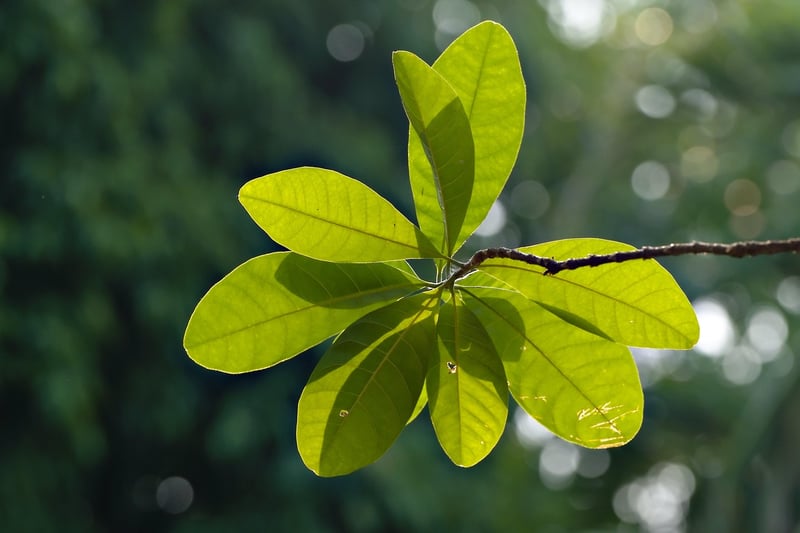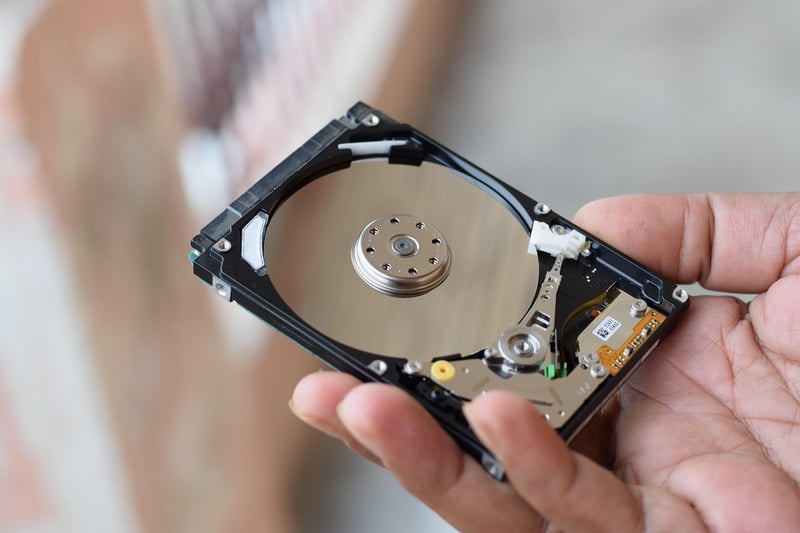Proper Storage
Get the Best from Your Plants: Proper Storage Tips
Introduction
Plants are a wonderful addition to any home or garden, but to keep them thriving, proper care and storage are essential. In this article, we'll explore some tips to help you get the best from your plants by ensuring they are stored correctly.
1. Light and Temperature
Plants have varying light and temperature requirements, so it's crucial to store them in the right environment. Some plants thrive in bright, indirect light, while others prefer shade. Similarly, temperature preferences can range from cool to warm. Research the specific needs of your plants and place them accordingly.
2. Watering
Overwatering or underwatering can harm your plants. Ensure proper drainage for potted plants and water them according to their individual needs. Some plants prefer moist soil, while others need to dry out between waterings. Monitor the soil moisture regularly to avoid issues.
3. Humidity
Humidity levels can impact certain plants, especially tropical varieties. To provide the right humidity, consider using a humidifier, pebble tray, or misting your plants. Grouping plants together can also create a microclimate that benefits humidity-loving plants.
4. Pruning and Cleaning
Regular pruning helps plants maintain their shape and encourages healthy growth. Remove dead or yellowing leaves, trim overgrown branches, and promote airflow within the plant. Additionally, dust can accumulate on leaves, hindering photosynthesis. Wipe down leaves gently with a damp cloth to keep them clean and healthy.
5. Proper Storage
When storing plants, ensure they are placed in a location that meets their light, temperature, and humidity requirements. Avoid drafty areas, direct sunlight (if not preferred), and places with extreme temperature fluctuations. Consider rotating your plants periodically to promote even growth.
6. Pests and Diseases
Inspect your plants regularly for signs of pests or diseases. Common issues include spider mites, aphids, and powdery mildew. If detected, take prompt action to prevent further spread. Use natural remedies or seek advice from a local nursery for appropriate treatments.
Conclusion
By following these tips for proper storage and care, you can ensure your plants are healthy, vibrant, and thriving. Remember that each plant is unique, so understanding its specific needs is key to successful plant care. With a little attention and effort, you can enjoy the beauty and benefits of your plants for years to come.

For more information on plant care and storage, visit Gardening Know How.
